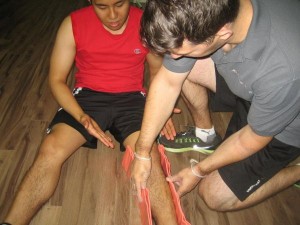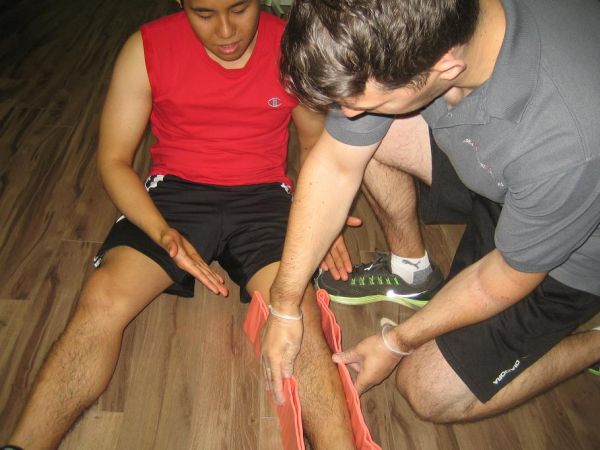
The fracture is called an open fracture when the bones breaks and penetrates through the skin. It may also be defined as an open fracture when a wound penetrates down to the broken bone. It is also called a compound fracture. Open fractures have higher risks for complications due to damage to the surrounding tissues, which will be further discussed later. In majority of the cases of open fractures, additional injuries are present. Open fractures are serious and therefore, take longer time to heal compared to a closed fracture. A simple or closed fracture is when the bone breaks but does not penetrate through the skin.
Cause of Open Fractures
Open fractures are typically caused by direct blow from high-energy injuries. Some of the common causes of open fractures include:
- Motor vehicle collision or accidents
- Sports injuries
- Falls
Damages from Open Fractures
Aside from the bone penetration through the skin, open fractures have several damages and/ or complications to the victim. The most common damages are the following
- Bleeding – the larger the bones fractured, the more severe the bleeding
- Pain
- Damage to neighboring tissues
- Deep bone infection
- Shock
Gustilo Open Fracture Classification
Open fractures vary in severity and a classification system is used. The Gustilo Open Fracture Classification varies according to amount of energy, extent of soft-tissue injury and extent of contamination. There are three types under this classification.
- Type I
- Wound less than one centimeter with slight soft tissue injury
- Clean wound bed
- Typically a simple transverse, short oblique fracture, with minimal comminution
- Type II
- Wound greater than one centimeter with moderate soft tissue injury
- Typically a simple transverse, short oblique fracture, with minimal comminution
- Type III
- Extensive damage to soft tissues, including skin, muscle and neurovascular structures
- Open segmental fracture
- Gunshot wounds
- Open fracture neurovascular injury
- Traumatic amputation
- Fractures open for more than 8 hours
- Extensive damage to soft tissues, including skin, muscle and neurovascular structures
- Subtype IIIA
- Sufficient soft tissue coverage in spite of soft tissue laceration or high energy injury regardless of wound size
- Segmental or severe comminution
- Subtype IIIB
- Extensive soft tissue loss with bony exposure
- Commonly linked with massive contamination
- Subtype IIIC
- Associated with major arterial injury requiring surgery
First Aid for Open Fracture
A victim with open fractures should not be moved at all times, unless absolutely necessary. First aid should be applied immediately to prevent infections. To learn more on how to apply first aid on open fractures and other bone injuries, enroll in First Aid Courses.
- Cease the bleeding by applying direct pressure to the wound using any clean absorbent cloth or bandage. If the cloth becomes soaked in blood, do not remove to avoid disturbing the wound. Instead, simply put another cloth on top of the old cloth. Cover the wound with sterile dressing.
- Immobilize the injured area. Do not attempt to push back the bone that’s sticking out. If one is trained to apply splint, apply a splint above and below the fractured area. Pads may be added.
- Reduce swelling and pain by applying ice packs on the fracture. Ice should not be applied directly to the skin.
- If the victim has symptoms of shock, treat for shock.
- If necessary, perform CPR.
First aid can be given to open fracture victims to give comfort and alleviate symptoms.

